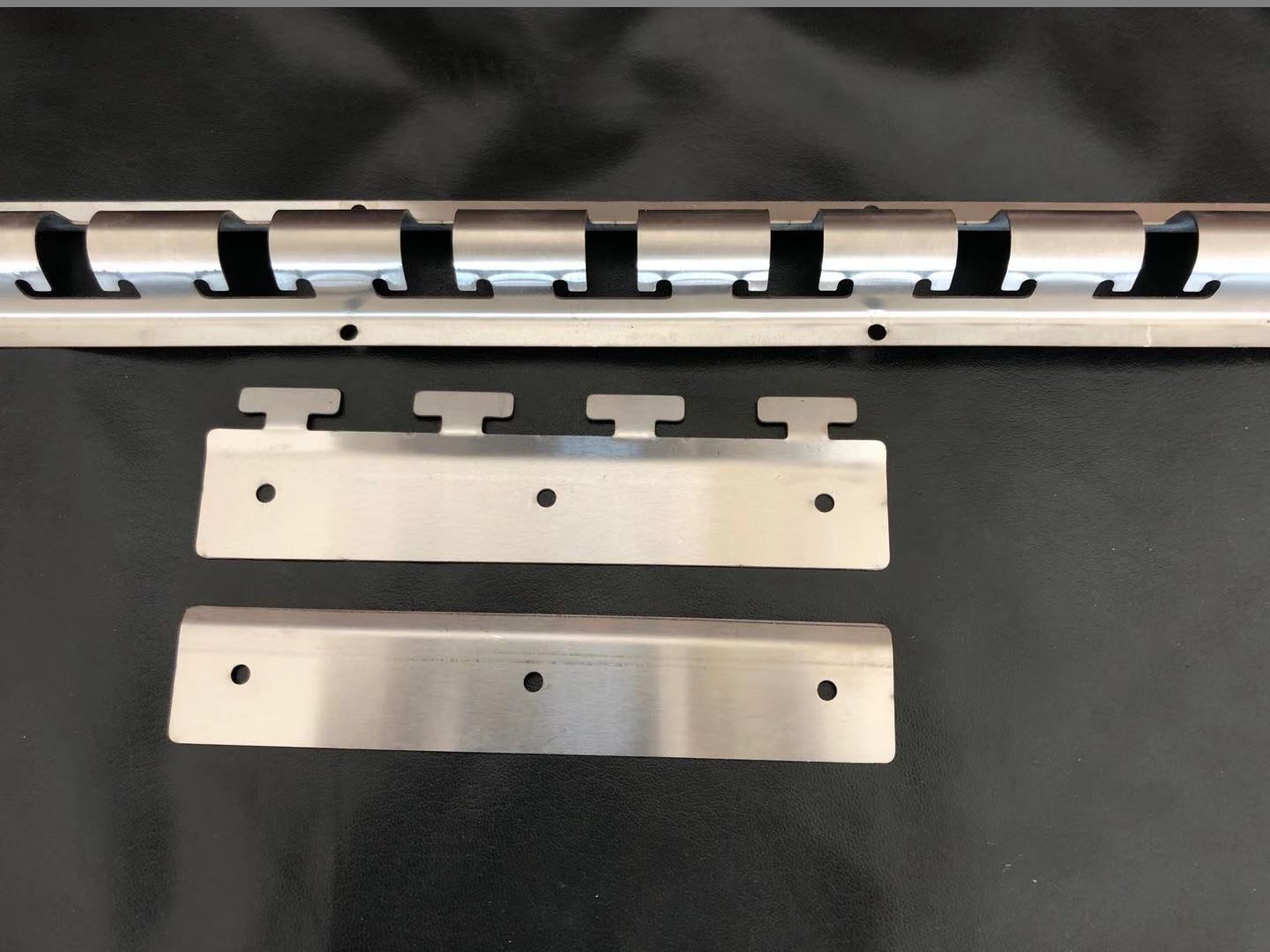acrylic sheet
The Versatility and Benefits of Acrylic Sheets
Acrylic sheets, also known as poly(methyl methacrylate) or PMMA, have become a popular alternative to glass due to their exceptional clarity, light weight, and durability. First introduced in the 1930s, acrylic quickly found applications in various fields, including signage, furniture, automotive, and even medical devices. This article explores the versatility and benefits of acrylic sheets, shedding light on why they have gained such widespread use.
Clarity and Transparency
One of the most significant advantages of acrylic sheets is their optical clarity. Compared to glass, acrylic sheets allow up to 93% of light to pass through, making them an excellent choice for applications requiring high transparency. This property makes them ideal for displays, such as retail signage and aquariums, where a clear visual presentation is essential. Furthermore, acrylic's clarity does not diminish over time, ensuring that products maintain their aesthetic appeal even after years of use.
Lightweight and Impact Resistance
Acrylic sheets are considerably lighter than glass, making them easier to handle and install. This characteristic is particularly beneficial in applications like skylights and large windows, where reducing weight can significantly lower structural demands. Additionally, acrylic is shatter-resistant, providing a safer alternative in environments where breakage could pose a risk. This impact resistance allows manufacturers to use acrylic in various applications, including in schools, hospitals, and public places, where safety is a primary concern.
Customization and Fabrication
Acrylic sheets are highly versatile and can be easily customized to meet specific requirements. They can be cut, drilled, routed, or shaped to fit any design need. This flexibility allows architects and designers to create unique installations, be it in retail spaces or art displays. Furthermore, acrylic sheets can be fabricated in various colors, patterns, and finishes, including frosted and mirrored options. This variety provides creative freedom, enabling designers to achieve the desired aesthetic while benefiting from the material's functional properties.
acrylic sheet

Weather Resistance and Longevity
Another appealing quality of acrylic sheets is their durability against weather elements. Unlike glass, which can become brittle over time, acrylic remains resilient and maintains its structural integrity when exposed to UV rays, rain, and extreme temperatures. This weather resistance makes acrylic an excellent choice for outdoor applications like signage, roof panels, and patio enclosures. Additionally, acrylic sheets are resistant to chemical exposure, ensuring longevity in environments where other materials might degrade.
Eco-Friendly Options
With growing environmental concerns, many consumers are seeking sustainable materials. Acrylic sheets are recyclable, providing an eco-friendly choice for conscious consumers. Manufacturers are increasingly producing acrylic from recycled materials, contributing to a circular economy. This characteristic aligns with the values of companies and individuals striving to reduce their environmental impact while still benefiting from high-quality materials.
Cost-Effectiveness
While acrylic sheets may have a higher initial cost than some alternatives, their longevity and low maintenance requirements make them a cost-effective choice in the long run. Their resistance to weather and impacts reduces the likelihood of replacement, while the ease of fabrication minimizes production costs for custom applications. This combination of durability and usability makes acrylic sheets an economically attractive option for both commercial and residential projects.
Conclusion
In summary, acrylic sheets present a myriad of benefits, making them a superior choice for countless applications. Their optical clarity, lightweight nature, impact resistance, customization options, weather durability, eco-friendliness, and overall cost-effectiveness contribute to their growing popularity in various industries. As technology advances and new applications continue to emerge, it is evident that acrylic sheets will play a vital role in the future of design and manufacturing. Whether for architectural applications, artistic endeavors, or everyday products, acrylic sheets remain at the forefront of modern materials, bridging the gap between functionality and aesthetics.
-
Durable PVC Strip Hangers for Industrial & Freezer CurtainsNewsAug.31,2025
-
PVC Strip Curtain Hanger: Durable & Easy Install Mounting HardwareNewsAug.30,2025
-
Best PVC Strip Curtains for Energy Savings & Clear AccessNewsAug.29,2025
-
Industrial Roll Up Curtains | Clear, Durable & Flexible BarriersNewsAug.28,2025
-
PVC Strip Curtain Mounting Brackets | Durable, Easy InstallNewsAug.27,2025
-
WANMAO Super Clear PVC Sheet & Transparent Cover FilmNewsAug.26,2025



